We're Field Day
We make learning games
We design games that bring contemporary research to the public, and we use the game data to understand how people learn.
Learn More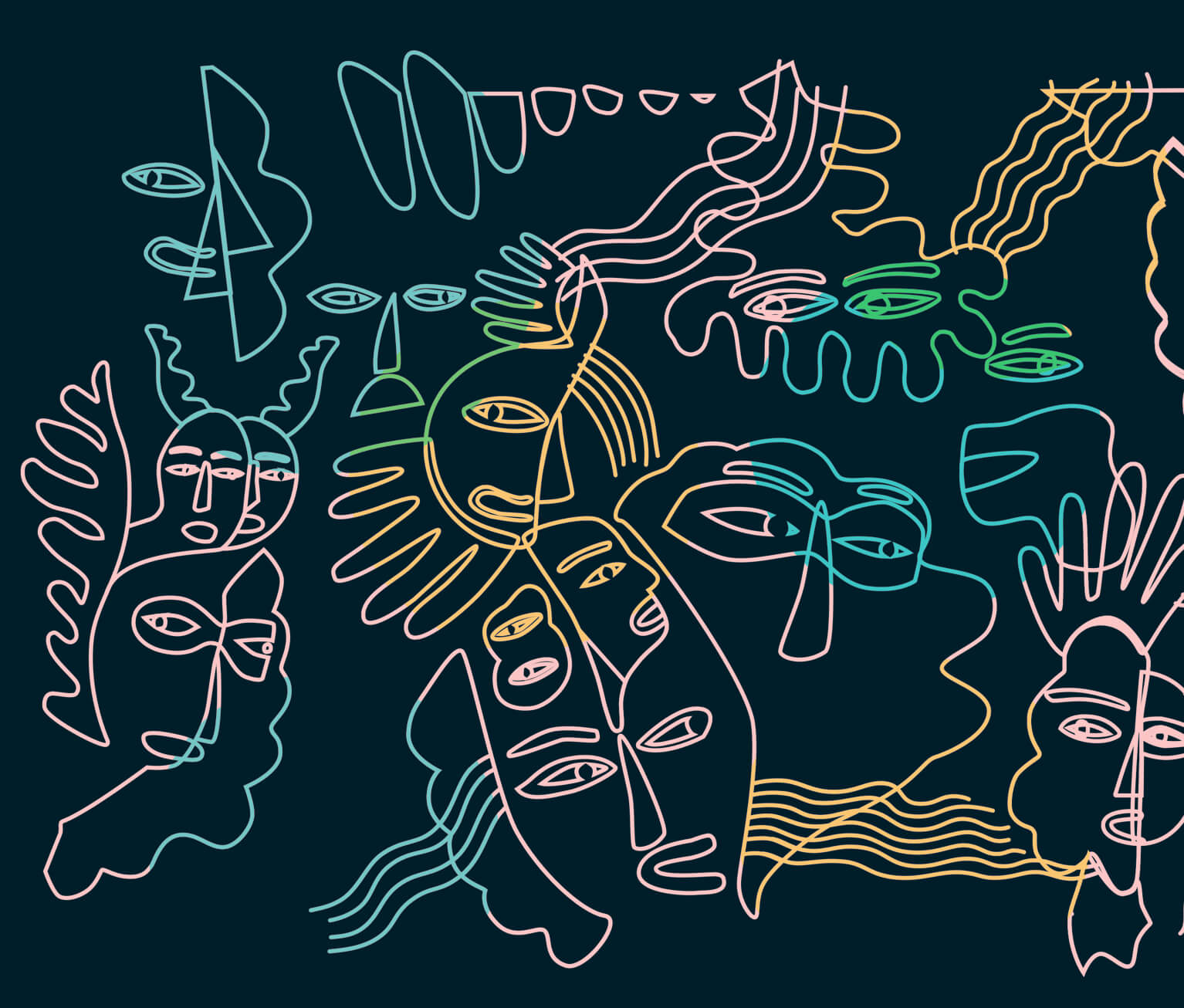
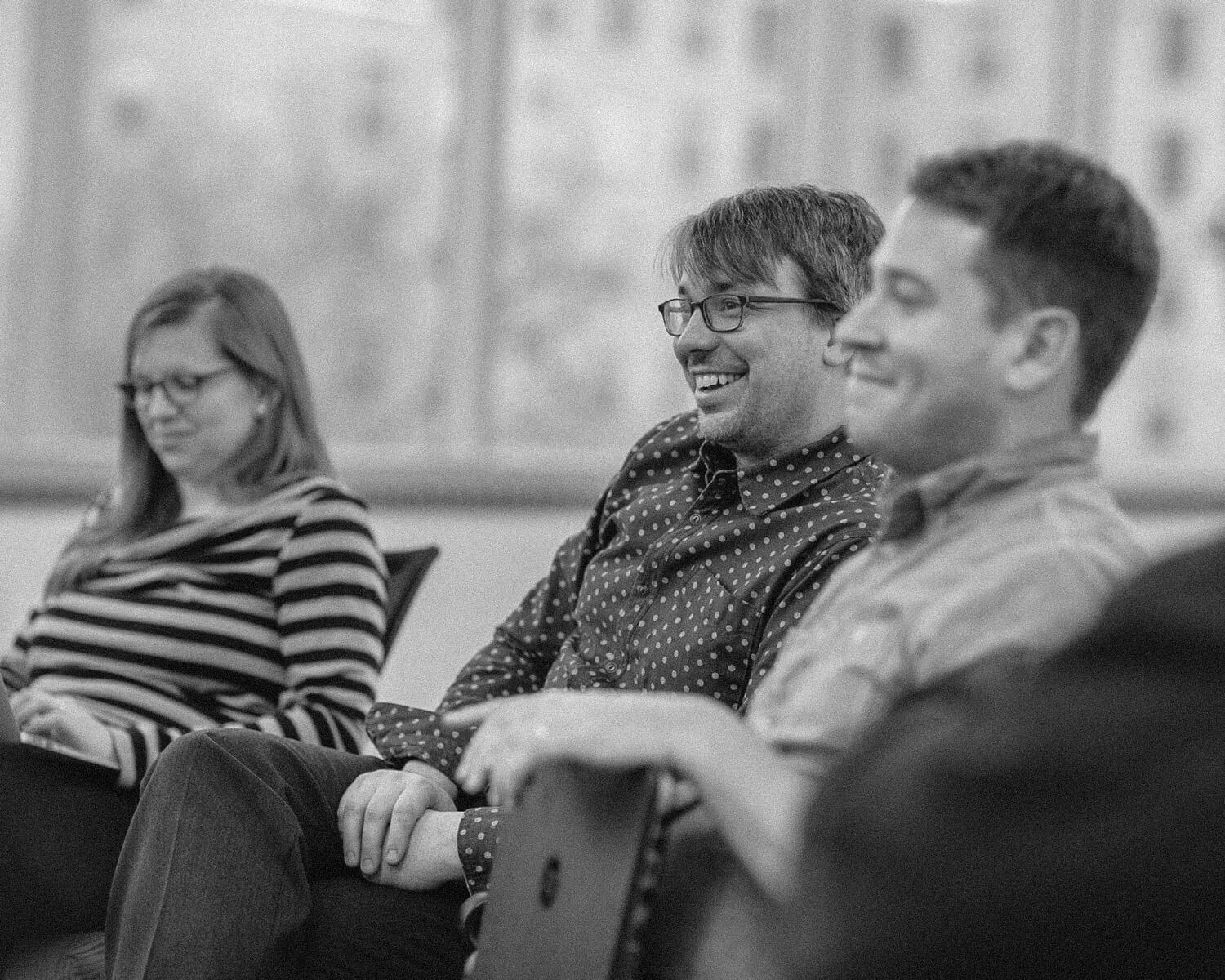
Modus Operandi
UW-Madison is ground zero for the field of games and learning. We've been here studying and designing games for over a decade.
Wondering how Field Day works?
- Not a private company. We're a research lab at the Wisconsin Center for Education Research.
- Committed to free. Our games are available for everyone.
- Publically funded. We're funded through grants and Broader Impacts projects.
- Subject agnostic. We design games for any subject.
Why Games?
Because they work
Researchers need to share their work with the public, but it’s hard to communicate super complex topics in a short time frame.
Games turn complicated topics into fun, hands-on experiences that actually reach people. Our games get millions of plays, with an average playtime of 20 minutes.
Meet us
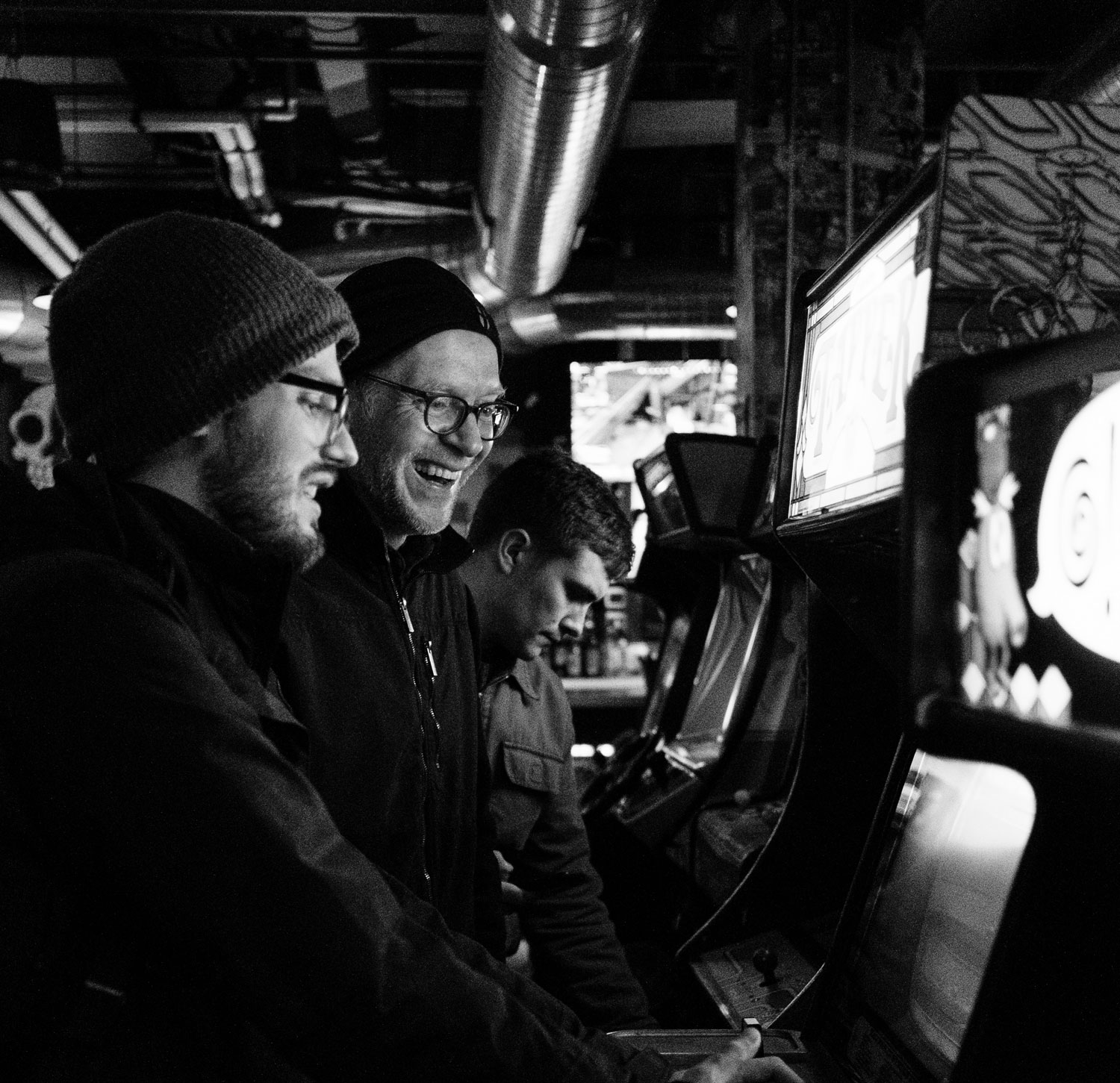
Our Team
We believe the future of publically funded research depends on public support. We use our combined creative and intellectual powers to get people excited about the latest research.
-

David Gagnon
-
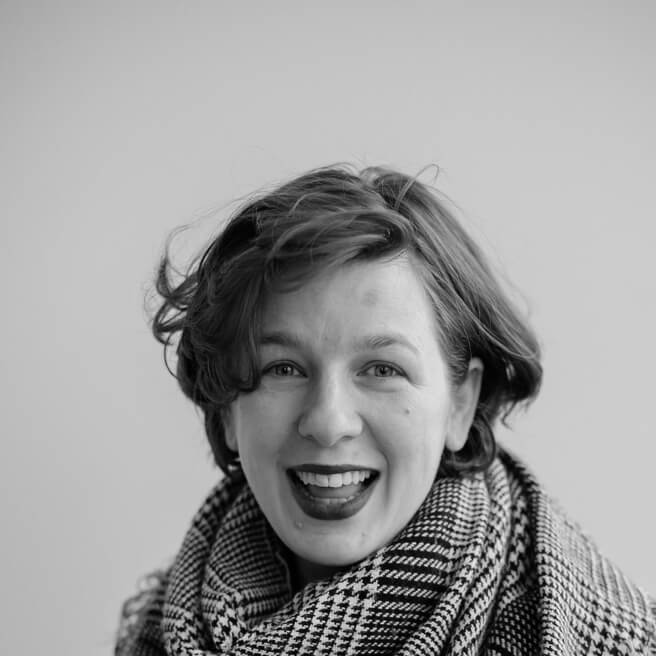
Sarah Gagnon
-

Jim Mathews
-
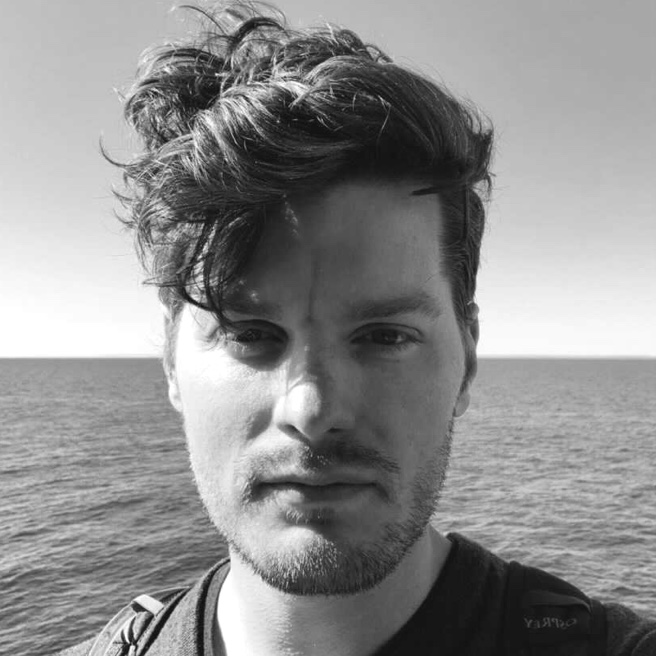
Eric Lang
-

Autumn Beauchesne
-

Levi Huillet
-

Amelia Moser
-

Luke Swanson
-
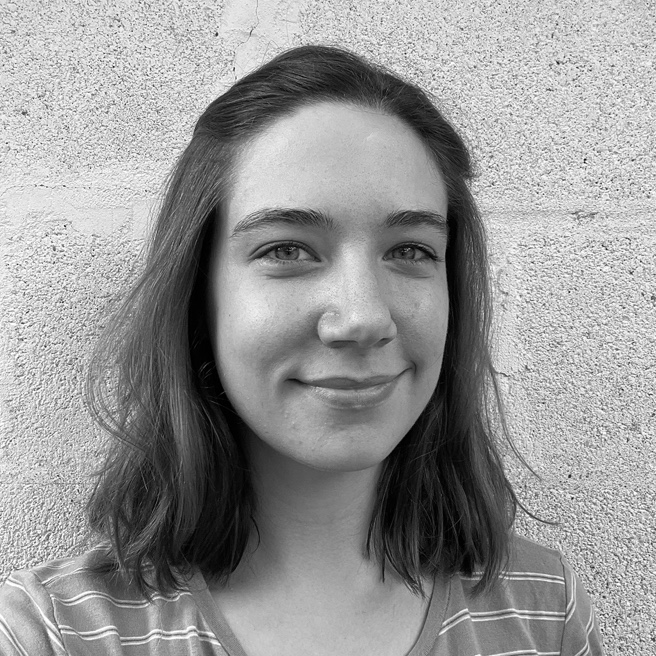
Mary Benetti
-
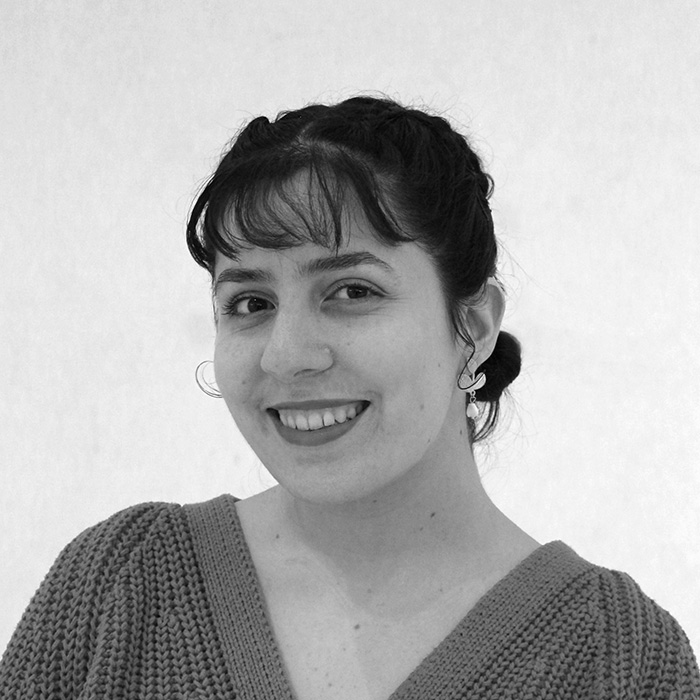
Reyna Groff
Field Day Internship Program
We offer student internships in Game Engineering, Art and Design, and Research. Join our multidisciplinary team and work on learning games that reach classrooms across the country and beyond. Engineering and Art and Design interns will leave with portfolio pieces. Research interns will contribute to academic publications. We’re always taking applications! Contact us if you’re interested. Art and Design applicants must include a portfolio.
-
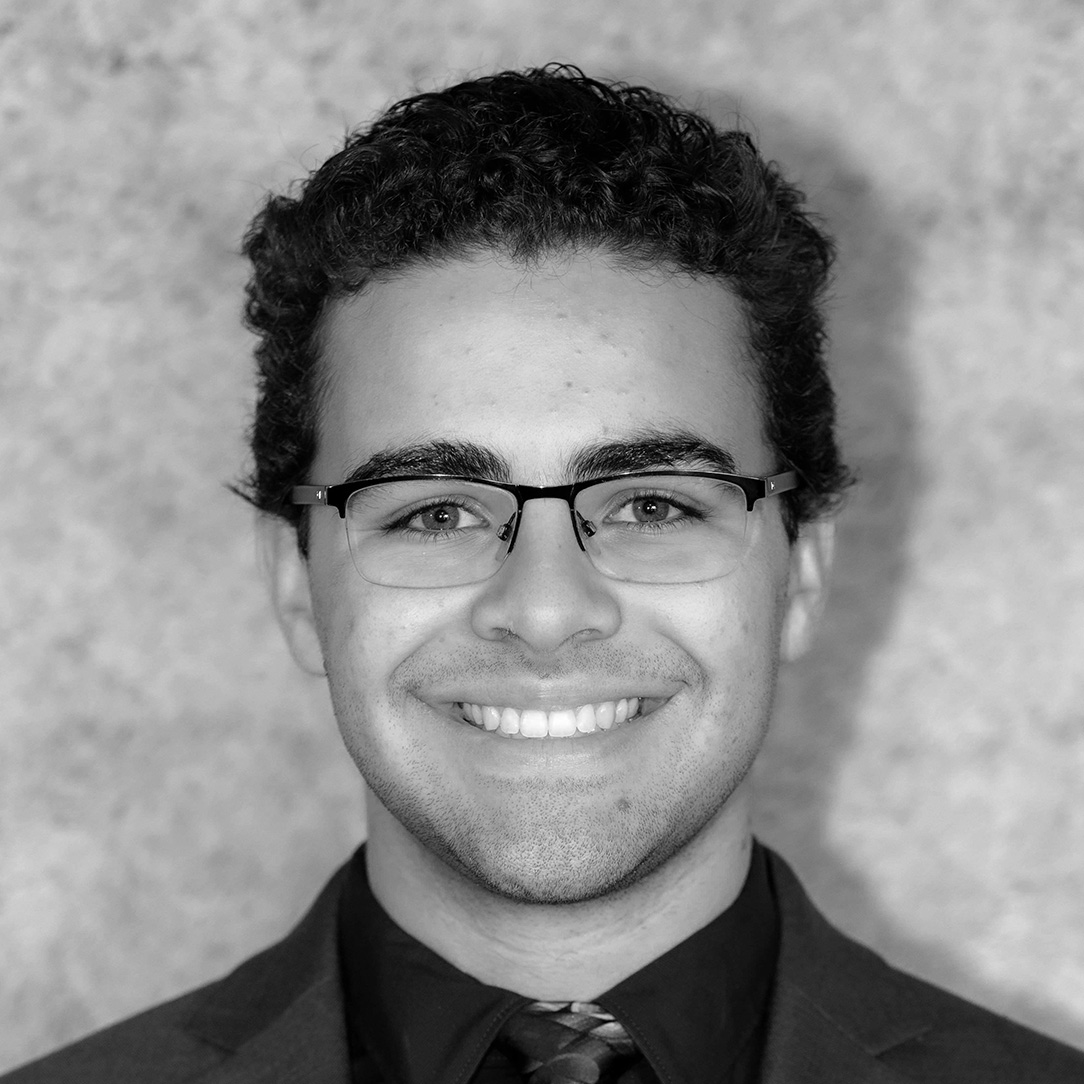
Xander Grabowski
-

Ameya Kshirsagar
-

Vijayram Patel
Collaborating Artists and Contractors
-
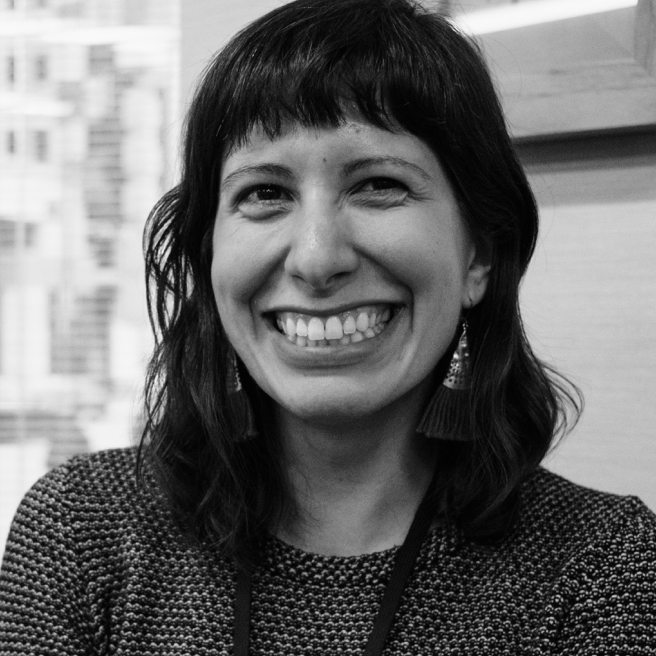
Lindy Biller
-

Phil Dougherty
-

Forest San Filippo
-

Jeremy Grozavescu
-

Rodney Lambright II
-

Emily Meredith Lewis
-

Bobby Lockhart
-

Cyril Peck
-

Ben Nadler
-

Jenn Scianna
-

Terra